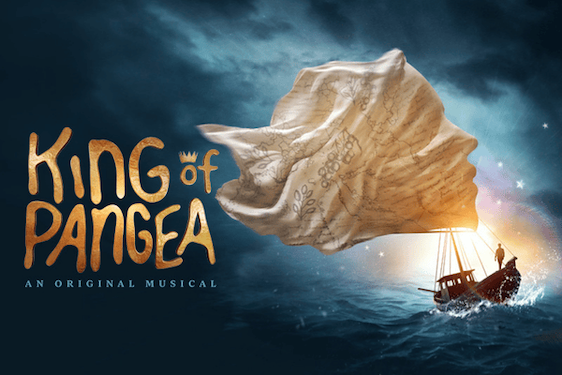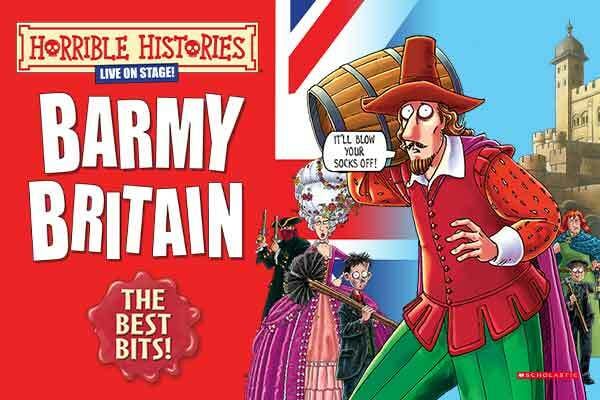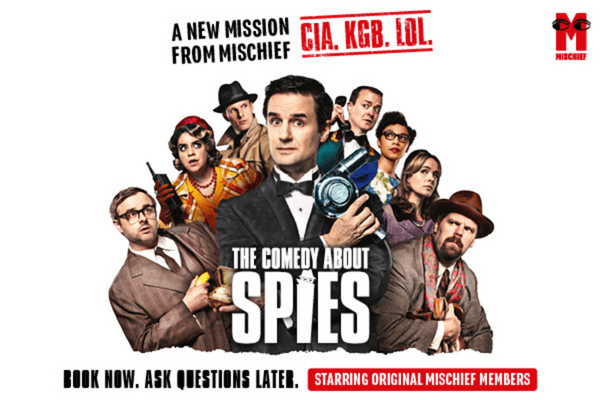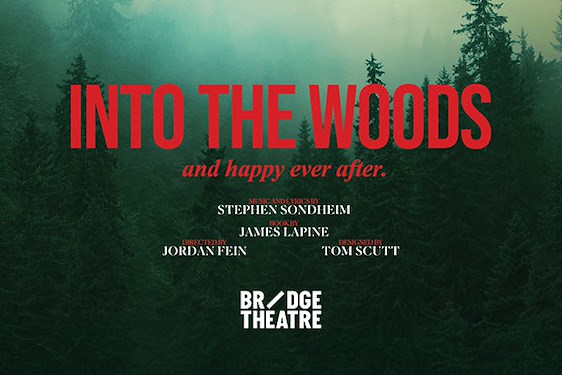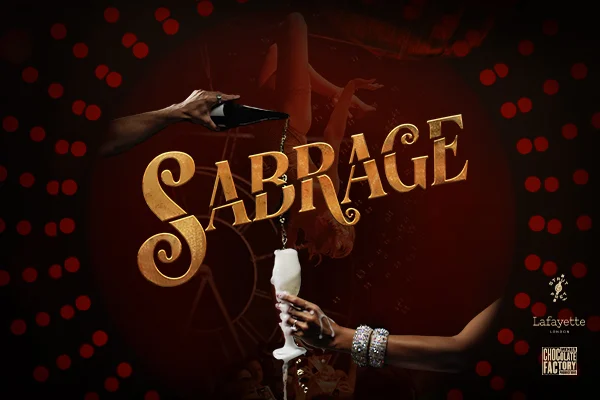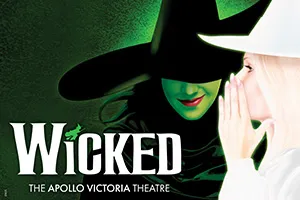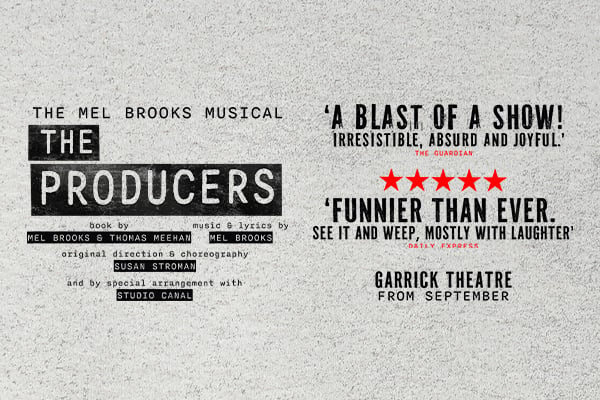‘Making Dickie Happy’ is set in March 1922. Arthur Conan Doyle has just published part two of ‘Thor Bridge’, one of the better late Sherlock Holmes stories, in the Strand Magazine. Three guests at a Devon hotel, avid detective story fans, devour it, but only one solves it – Agatha Christie. The other guests are Noel Coward and the eponymous Dickie Mountbatten, plus boyfriends. Agatha is there in a kind of dummy run for her famous 1926 disappearance. Coward opines that she has run away from her husband in order to decide whether to go back to him.
Coward is in the tow of Dickie, a spoilt young man on the make. He is riddled with resentment at the treatment of his father, booted out of the Admiralty because of his German name at the start of World War One. The whole family was “de-Hunned” with the adoption of the name of Windsor, which also meant Dickie was deprived of the right to use the title “His Serene Highness”. Quite right too, because the one thing Dickie certainly isn’t is Serene. His obsession with his family tree and his determination to get to the top of the Naval tree are leading him towards marriage with Edwina Cassell, an heiress to the enormous fortune of Edward VII’s private banker. Cue some very bad castle/Cassel puns, and not quite enough angst to oil the wheels of the plot for the full two hours.
The marriage is four months way. Christie is disturbed by it because he is obviously “not the marrying kind”, and the idea both offends her strict morality and seems a recipe for unhappiness. Dickie himself is riddled by insecurities as to whether he will actually manage to Get It Up with the formidable Edwina; or, even worse, Keep It Up: “I can do what’s necessary, but she might want more than one night. I mean, I can’t always be at sea…” Coward, a worldly, kindly and wise Dutch Uncle as he seems to have been in life, counsels strategic absences and discreet affairs on both sides. “Let he live her own life or someone else’s.”
All the ingredients are there for a rich brew, so it is somewhat disappointing that the play is rather less than the sum of its parts. These three characters are all marooned in their own emotional constipation, and so nothing really ever comes to a climax. No-one is changed, no destiny altered. It’s more of a conversation piece than a full-blooded drama. The most important development occurs when the two obedient boyfriends, finally fed up with the endless posing and self-control, run off with each other. However, since this takes place offstage and the characters of Tono and J-Boy are shadowy at best, it is hard to care very much.
Jeremy Kingston has been a theatre critic for long enough to know how to put a play together, and “Making Dickie Happy” is certainly well-crafted. He has also done his research – maybe too much research, since there is a slight overload of detail. But he does not push the characters to their limits, and the production doesn’t explore what sub-text there is in any detail.






